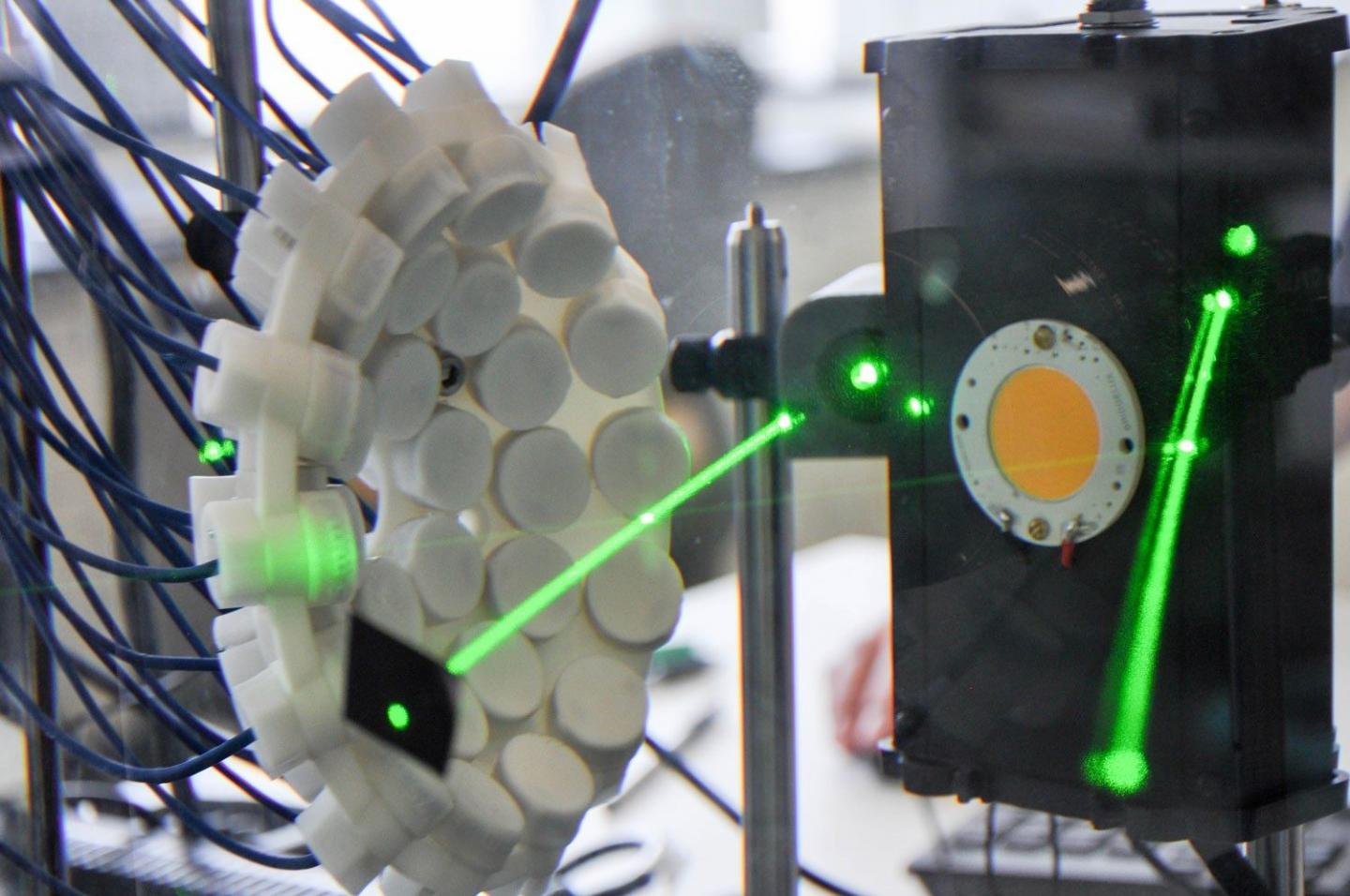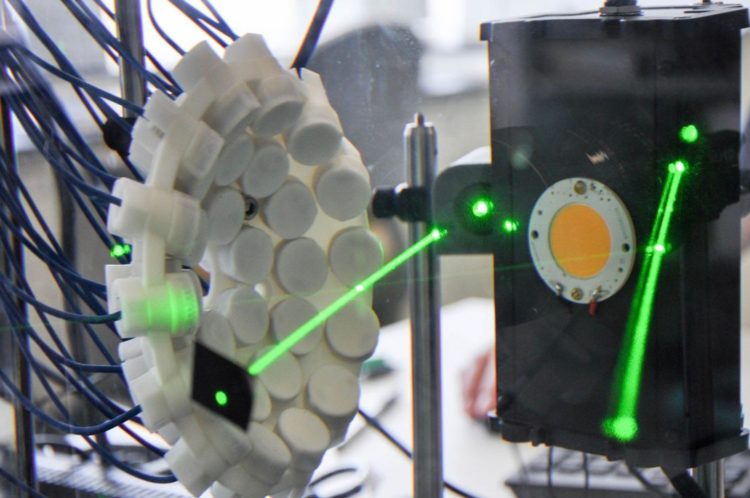
Credit: Virginia Tech
Eli Vlaisavljevich, an assistant professor of biomedical engineering and mechanics in Virginia Tech’s College of Engineering, has received a $1 million grant from the Gordon and Betty Moore Foundation to develop new technology for rapid extraction of DNA from timber and plant tissue, research that could directly impact the monolithic illegal timber trade and, ultimately, serve to protect our environment.
Illegal timber trade is a global industry estimated to account for $50 billion to $150 billion each year. It’s a contributing factor to deforestation, which results in increased carbon dioxide emissions, soil erosion, and loss of biological diversity among plants and animals in forest habitats.
Vlaisavljevich is leading the project in collaboration with Jason Holliday, an associate professor of forest genetics and biotechnology in the College of Natural Resources and Environment, and Hal Holmes, a research scientist in Vlaisavljevich’s lab, the Therapeutic Ultrasound and Noninvasive Therapies Laboratory. Holmes is also a lead engineer for project partner Conservation X Labs, a Washington, D.C.-based conservation organization that supports and develops new technology to address the drivers – rather than symptoms – of extinction with the hope of decreasing the use of unsustainable practices and products.
Together, the researchers are using histotripsy, an evolving biomedical engineering approach Vlaisavljevich has applied to treating cancer, to create a DNA-extraction device that can be taken out of the lab and into the field – and aid efforts in sustainable timber sourcing.
Coined at a University of Michigan laboratory where Vlaisavljevich completed his graduate studies, the term “histotripsy” combines “histo,” which means “tissue,” and “tripsy,” which means “breakdown.” Histotripsy uses high-pressure ultrasound pulses to create bubble clouds in a process called cavitation. As they rapidly expand and collapse, these bubble clouds disintegrate targeted cells and tissue. Vlaisavljevich is currently working in histotripsy for a number of applications, including the treatment of liver, breast, brain, and pancreatic cancers.
Adapting biomedical engineering methodology for conservation tools
The multidisciplinary team of researchers is working to develop new DNA extraction technology using a recently developed focused ultrasound extraction method called FUSE, an approach that makes use of histotripsy.
“One of the first questions Holmes asked me when he joined our lab was, ‘Can histotripsy be used for trees?'” said Vlaisavljevich. “We brainstormed the ways this focused ultrasound method could be applied for rapid DNA extraction.”
The researchers believe the extraction method could rapidly break down timber tissue, effectively enabling faster, more efficient extraction of DNA. They also aim to make the DNA extraction process feasible in the field, which would provide an essential new tool for scientists, conservationists, and enforcement officials.
Breaking down timber tissue isn’t easy to do, in a lab or in the field. Timber often has tough physical barriers that are hard to break through in the process of extracting DNA, and the DNA exists in low concentration due to trees degrading after being cut down and dying from the inside out. Being able to extract DNA efficiently, using this new technology, would address these challenges.
“Certification of the source of timber is a cornerstone of sustainable forestry,” said Holliday, of the Department of Forest Resources and Environmental Conservation. “The most reliable way to identify the source and species of a wood product is through genetic analysis. However, wood is an exceptionally difficult tissue from which to extract DNA, even in a fully equipped lab. This project will provide a scalable, mobile technology to rapidly identify the source of a timber shipment and whether it was legally harvested.”
The researchers’ technology could be the first device available for rapid extraction of timber DNA outside of the lab, as there are no devices or techniques currently available to do so.
The global impact of a tree’s ID
Rapid DNA identification – and its use in decision-making and plant genomics research in turn – could help stem drivers of conservation issues. According to Holmes, globally, there is a state of mass extinction right now, in part because of illegal timber trade, and the team is using science to tackle the issue.
The researchers also believe the focused ultrasound extraction method behind their technology could have wider applications to other plants and in other fields of study.
“We expect the FUSE method, when coupled with a microfluidics system to characterize genetic markers, will accelerate genetic research more generally and be applicable to a wide range of species, both plants and animals,” said Holliday.
“Because we have these partnerships with conservation organizations, I am hoping to continue work with them to move forward as we expand the FUSE technology,” said Vlaisavljevich. “Our hope is that someday we can apply this method for a wide range of applications beyond timber, such as improving genetic testing in areas like agriculture and infectious disease screening. I hope that this project will not only provide great opportunities for our students, but the interdisciplinary and multi-institution collaboration will be part of a larger trend – applying biomedical engineering technology to problems in environmental conservation.”
Watch this short lab profile video to learn more about the Therapeutic Ultrasound and Noninvasive Therapies lab’s research and technology.
###
Media Contact
Lindsey Haugh
[email protected]
540-231-2476
Original Source
https:/





